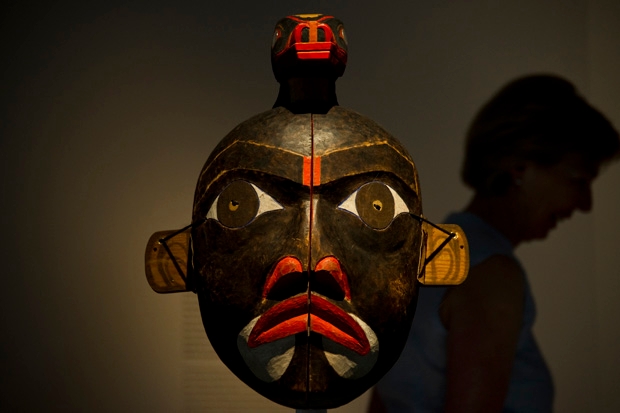Isis’s blowing up of the Roman theatre at Palmyra should concentrate our minds: our world heritage is vulnerable. Not that we should need any such reminder after the depredations of the Taleban in Afghanistan, or Isis’s earlier rampage through the museum in Mosul and its attacks on sites at Hatra and Nimrud.
A former director at the Institute of Ideas and a visiting fellow at the LSE, Tiffany Jenkins applies her considerable experience of cultural policy to construct an excellent survey that rehearses the issues. Who is responsible for the great examples of our shared heritage? Where should they be located: where they originated; where they have ended up; or where they can best be looked after, seen and understood?
Notwithstanding her title, she casts her eye considerably further than the Elgin Marbles: on the Benin bronzes; the Dendera zodiac relief from Hathor; the south Dakota ghost shirt; the Polynesian feather helmets — or mahioles — that Captain Cook brought back; the Kwakiutl masks and regalia; and other artefacts and human remains that originate with indigenous peoples. That very phrase raises difficult questions. Who exactly are ‘indigenous peoples’, and who is in a position to decide? Ultimately, the question she explores is: who owns culture?
The 1970 Unesco convention — which aims to combat the ‘illicit import, export, and transfer of ownership of cultural property’ — provides some guidance. Turkey is a signatory, and is laying claim to a number of ancient Mediterranean antiquities: Its former minister of culture, Ertugrul Günay, believes that ‘each and every antiquity in any part of the world should eventually go back to its homeland’.
It is a view shared widely by historians, journalists and many national governments (a former Peruvian president, for instance, has said that the return of artefacts excavated by the American explorer Hiram Bingham, would ‘strengthen Peru’s national pride and self-respect’) as well as, in theory, Unesco itself.








Comments
Join the debate for just £1 a month
Be part of the conversation with other Spectator readers by getting your first three months for £3.
UNLOCK ACCESS Just £1 a monthAlready a subscriber? Log in